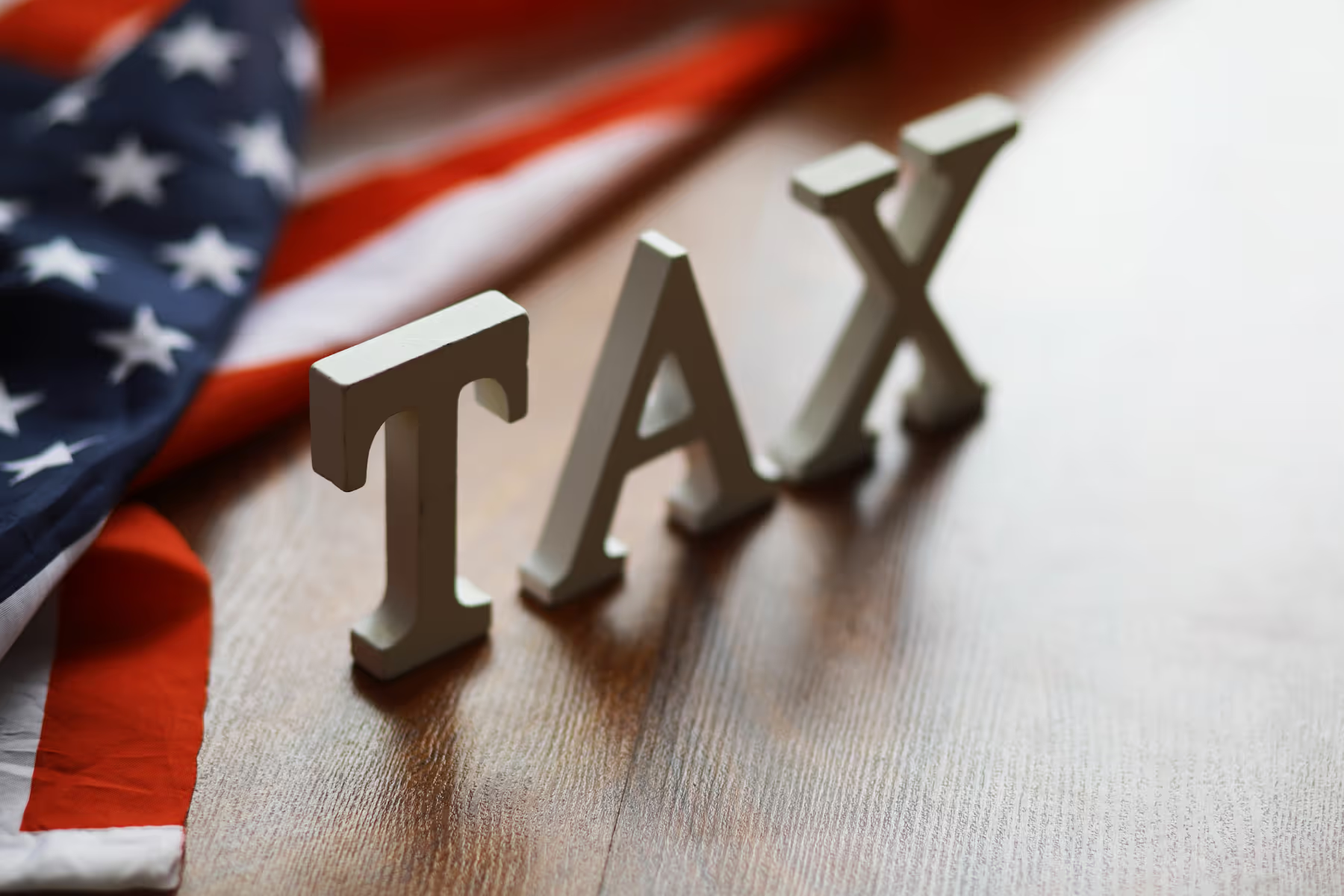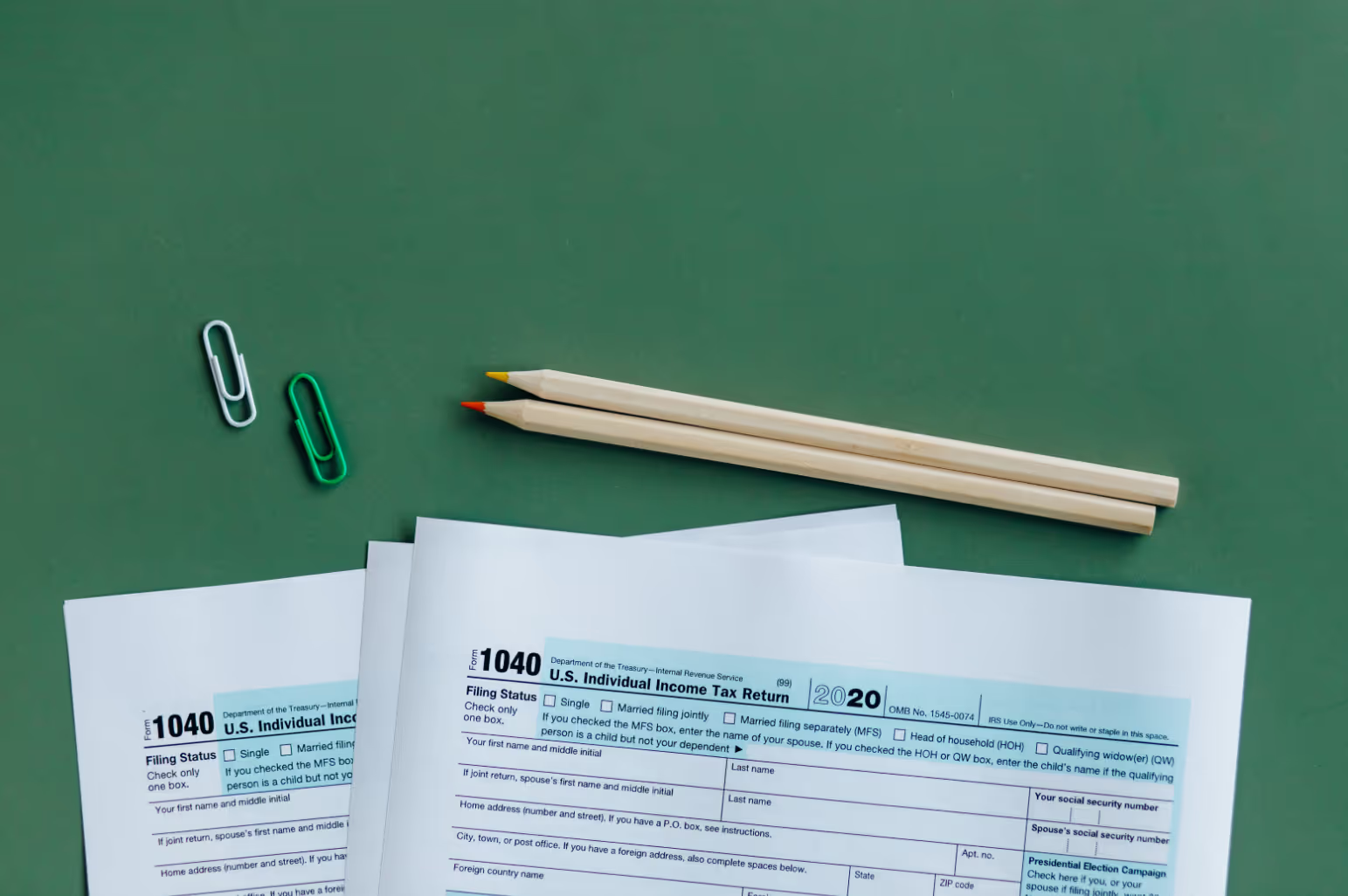How the “One Big Beautiful Bill” Impacts Clinical Trial Participants, and What's Still Needed
Tax compliance has long been a source of confusion and frustration for clinical research sites, sponsors, CROs, and participants. For many years, $600 of income was the threshold that determined if a payor had to collect W9s and issue a 1099 to participants who had received trial-related payments in the form of a stipend. This outdated IRS threshold – which was not designed to adjust with inflation – has created an administrative burden for research sites and unintended participation barriers for patients, especially in lower-income communities.
The recent signing of the “One Big Beautiful Bill” into law includes a meaningful adjustment to the $600 reporting threshold, raising it from $600 to $2,000. This shift marks a significant improvement over the current state that, if operationalized effectively, will reduce the admin burden on sites, and eliminate some of the existing barriers that prevent access to trials. But, it’s not a complete fix.
Let’s unpack what this new legislation means in practice, how it helps, and what’s still needed to eliminate the negative impact of tax code on clinical trials. We’ll start by briefly touching on the current state of tax reporting in clinical research.
The Current State of Tax Reporting in Clinical Trials
In clinical research, participant payments are commonly made in the form of stipends. They’re operationally easy, since they have a fixed amount and don’t require receipt collection. But there are serious implications that many stakeholders in this industry are unaware of: a stipend is taxable income, while a reimbursement is not. Here’s how it works under current IRS rules:
Clinical trial participant payments – specifically those that are not submitted as reimbursements – are treated as income and are thus required to be reported as such:
- Payees (U.S. trial participants) are, like all individuals, obligated to report income they receive on their personal tax return, regardless of the amount.
- Payors (the entity responsible for participant payment tax reporting, which could be Mural Health, the site, or other, depending on the situation), must issue a Form 1099 to any individual paid $600 or more in determinable income in a calendar year. This includes stipends, honoraria, or other forms of compensation – but not reimbursements for reasonable and necessary expenses.
Most of the time, participant payments are meant to cover trial-related expenses such as travel, lodging, and meals – meaning they should be labeled as reimbursements. Instead, they’re often mislabeled as stipends, creating unnecessary reporting for both the payees and the payors, and potentially putting participants out of pocket if their payment is taxed.
This tax burden on payments is among the persistent barriers keeping patients from participating in clinical trials, particularly those of lower income households. The reporting of additional income threatens to disqualify some patients who rely on benefits from social welfare programs and thus, prevents them from participating in the clinical trials that could advance and diversify medicine. For many participants, the fear of threat is enough to make them choose not to participate, or drop out before they receive a 1099.
What’s Changing Under the “One Big Beautiful Bill”
Under the bill, the threshold for issuing a 1099 will increase from $600 to $2,000, starting on January 1, 2026. This threshold will be adjusted annually for inflation.
How will this change impact clinical research?
- Payors will no longer be required to issue 1099s unless an individual receives at least $2,000 in determinable income in a calendar year (in the form of a stipend, not a reimbursement).
- If an individual is going to receive income that is lower than $2,000 in a calendar year, then a W9 does not apply and tax information does not have to be collected from the individual.
Implications for Trial Participants and Sites
For a site who acts as the payor, this means that if participants are not expected to receive $2,000 or more in determinable income (stipends) in a given year, there is no need to collect a W-9 or issue a 1099. This is a game-changer, as it:
- Reduces administrative load at the site level.
- Minimizes unnecessary data collection, which in turn reduces regulatory exposure and builds participant trust, thus helping mitigate some trial participation barriers.
- Simplifies the onboarding process for trial participants, especially for short-term or low-compensation trials.
For sites running trials where determinable compensation could exceed $2,000, W-9 collection and tax reporting will still apply.
This is also a game changer for participants. With a higher reporting threshold, fewer patients will have their payments taxed; they won’t need to provide personal information through a W-9 or worry about receiving a 1099. This change also helps ease concerns for participants whose trial payments would otherwise affect their eligibility for welfare programs.
What Remains to be Addressed?
Raising the 1099 threshold is a positive step, but it’s not a complete solution. A fundamental problem remains: trial payments labeled as stipends are still counted towards an individual’s overall income, and still need to be reported by the individual, regardless of the amount. This means the tax implications to trial payments, including the fear of losing welfare program eligibility, remain in place.
If we want to remove tax-related barriers to participation completely, two changes are needed:
- A thoughtful structure of participant payments, relying on direct payments and reimbursements for trial-related costs, and using stipends only for payments of expenses that are not recognized as reimbursements, or for other action-based payments (such as diary completion). We touch on this topic at length in a recent blog post, “Rethinking Participant Payments in Clinical Trials: A Standardized Framework for Fair and Ethical Compensation.”
- A categorical exclusion of all payments to trial participants from tax reporting. This is where legislation like the Harley Jacobsen Clinical Trial Participation Act, initiated by Mural Health, comes in. Recently reintroduced, this bipartisan bill proposes to exclude all amounts paid to all participants and caregivers in all clinical trials from taxable income. This would have a transformative impact on trial accessibility, as it would remove the need to report these payments as income, and with that - the risk that creates for welfare program eligibility.
Conclusion
While not focused on clinical trials, the “One Big Beautiful Bill” gives the clinical trials industry something it’s long needed: a more sensible threshold for informational tax reporting. Sites, sponsors, and payments vendors can now scale back unnecessary data collection, and fewer patients will receive tax forms that may discourage their participation. But the job’s not done. A comprehensive solution requires that clinical trial compensation be fully excluded from taxation, a goal within reach if policymakers act on legislation like the Harley Jacobsen Act.
If you have any questions or would like to learn more about the Harley Jacobsen Clinical Trial Participation Act, please visit https://diversity.muralhealth.com, or reach out to our team at https://www.muralhealth.com/contact-us.




